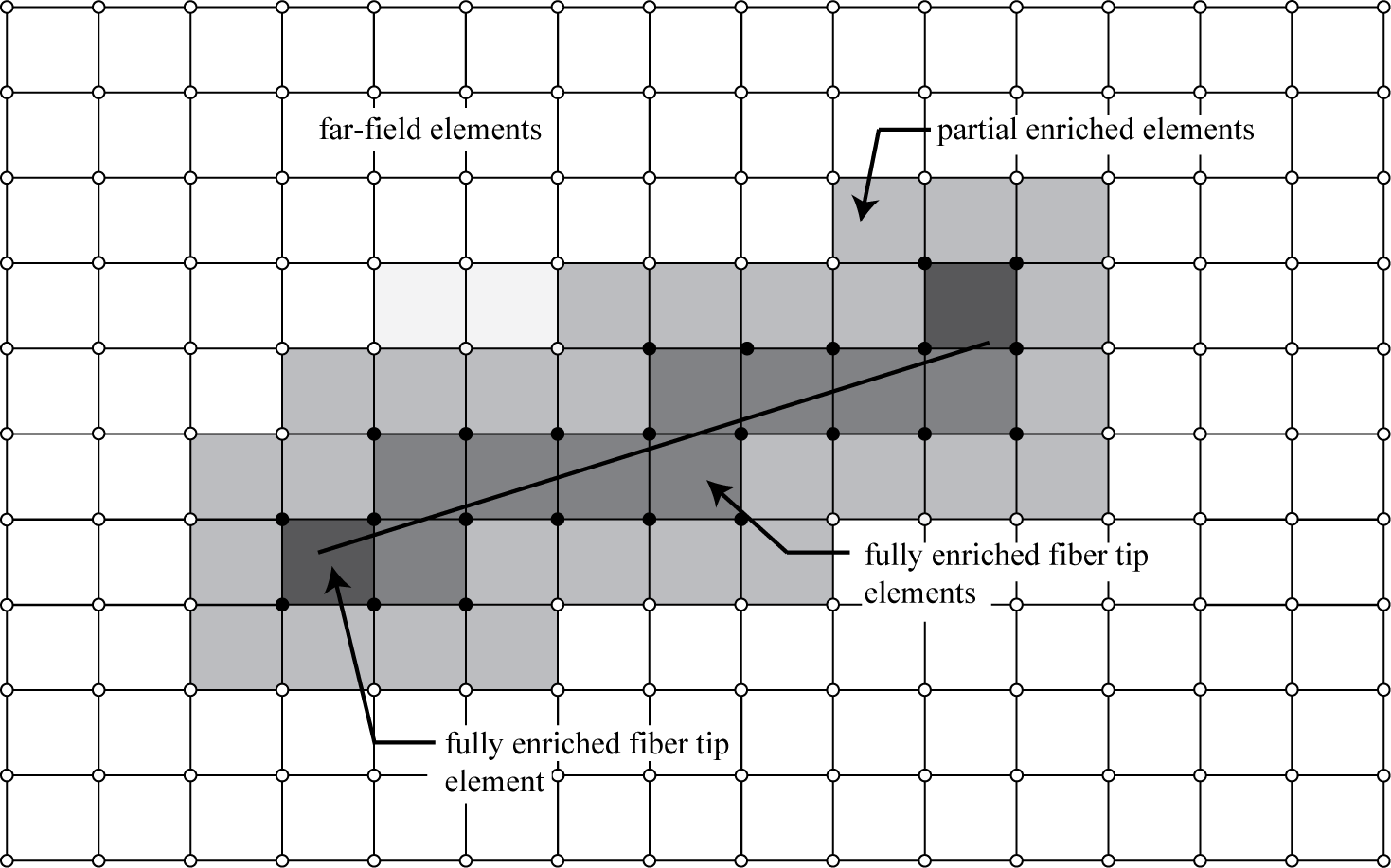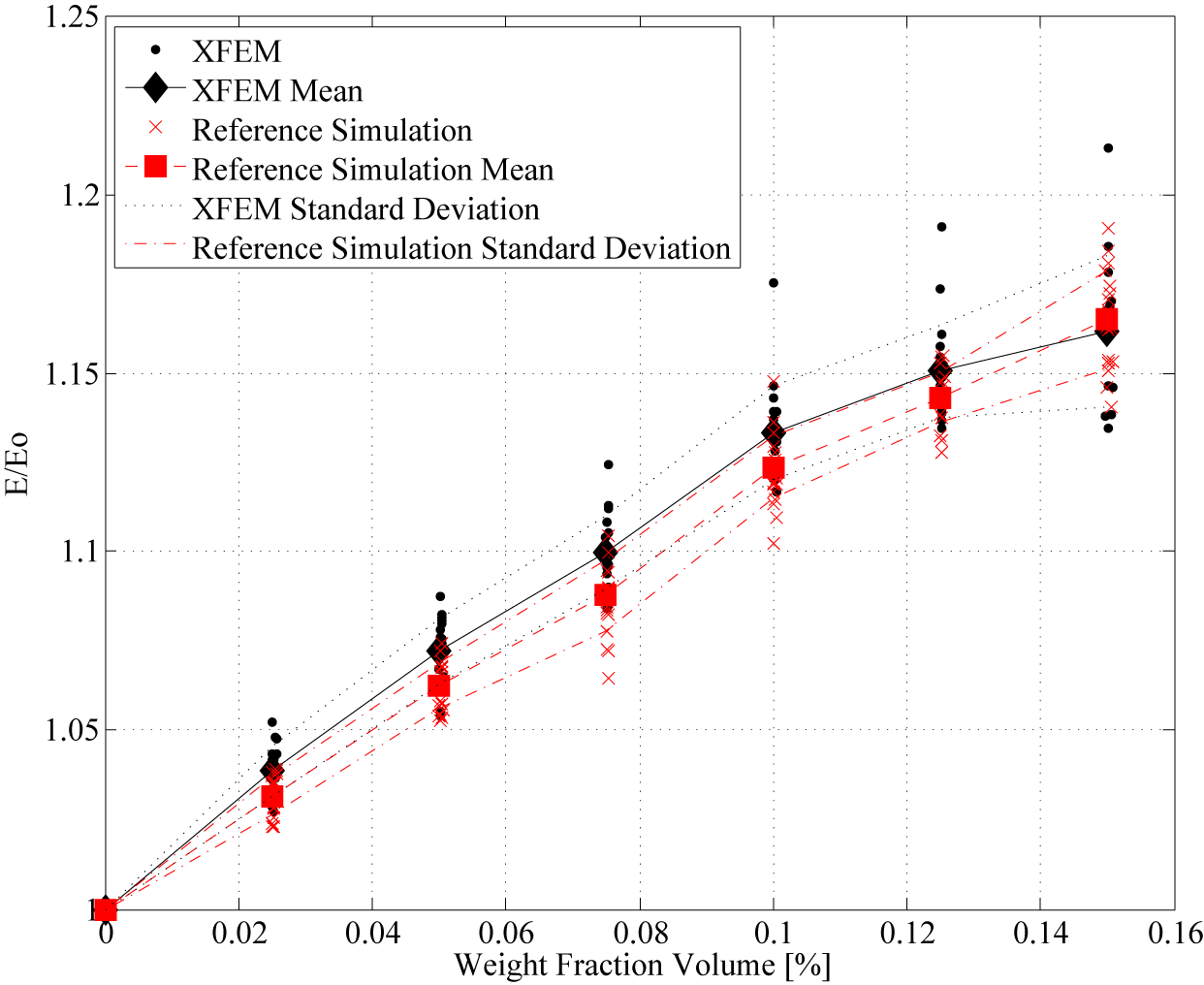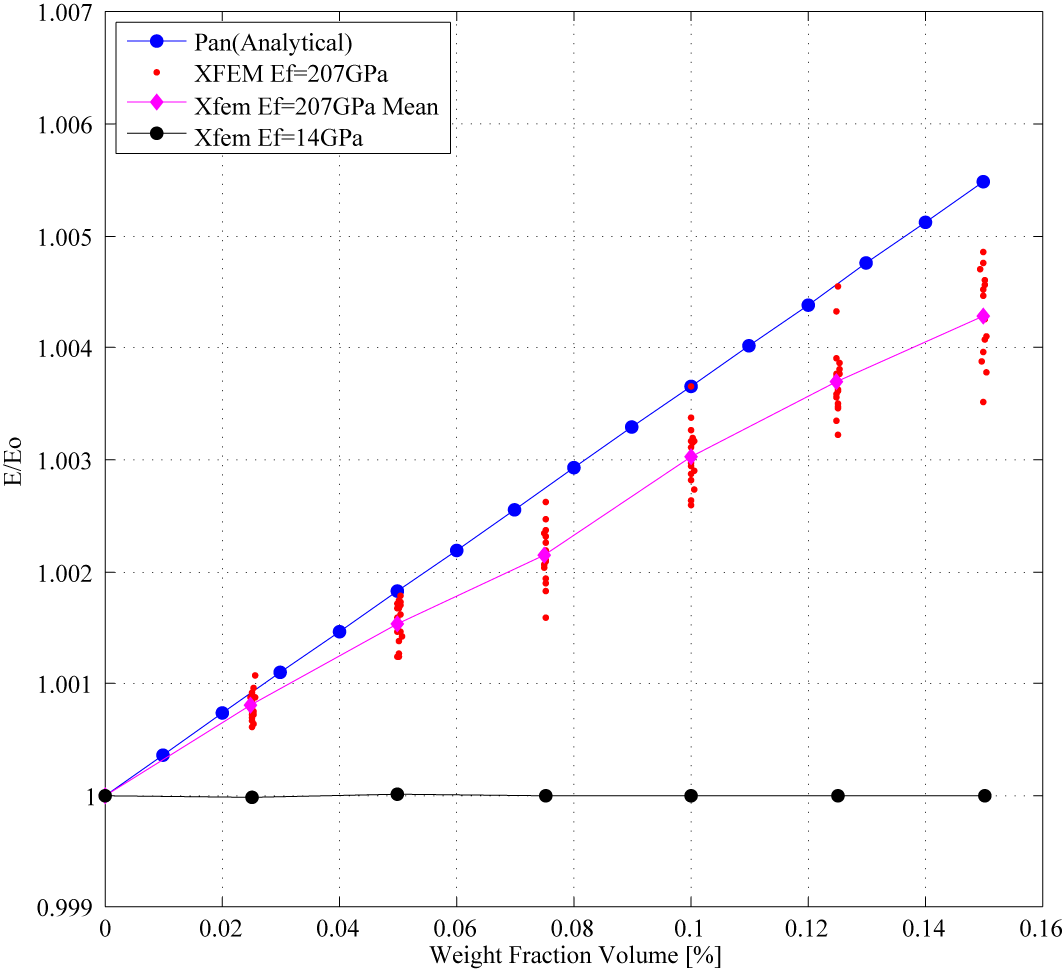Multiscale Modeling of Random Nano- and Micro-Fiber Reinforced Cementitious Composites
Research Sponsor:
Investigators:
Matthew G. Pike and Caglar Oskay
Research Goals and Methods
Goals:
Multiscale Computational Framework:
Computational Design of Carbon Nano- and Micro-Fiber Reinforced Cementitious Composites:
Modeling Short Fibers Reinforced Composites Using XFEM
Representative Volume Element (RVE):
Extended Finite Element Method (XFEM):
Nodal Enrichment Function:
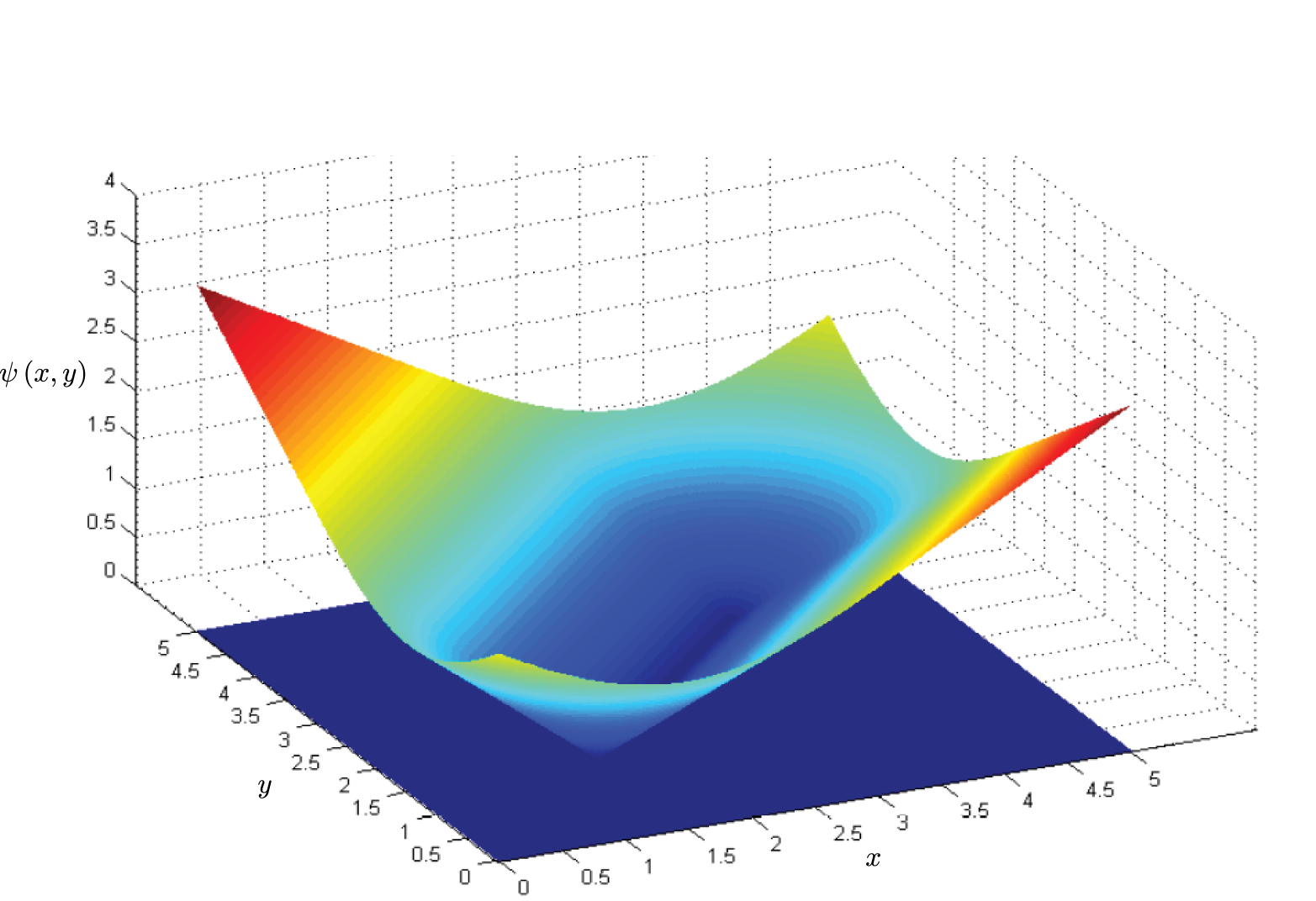 Enrichment Function
Enrichment Function
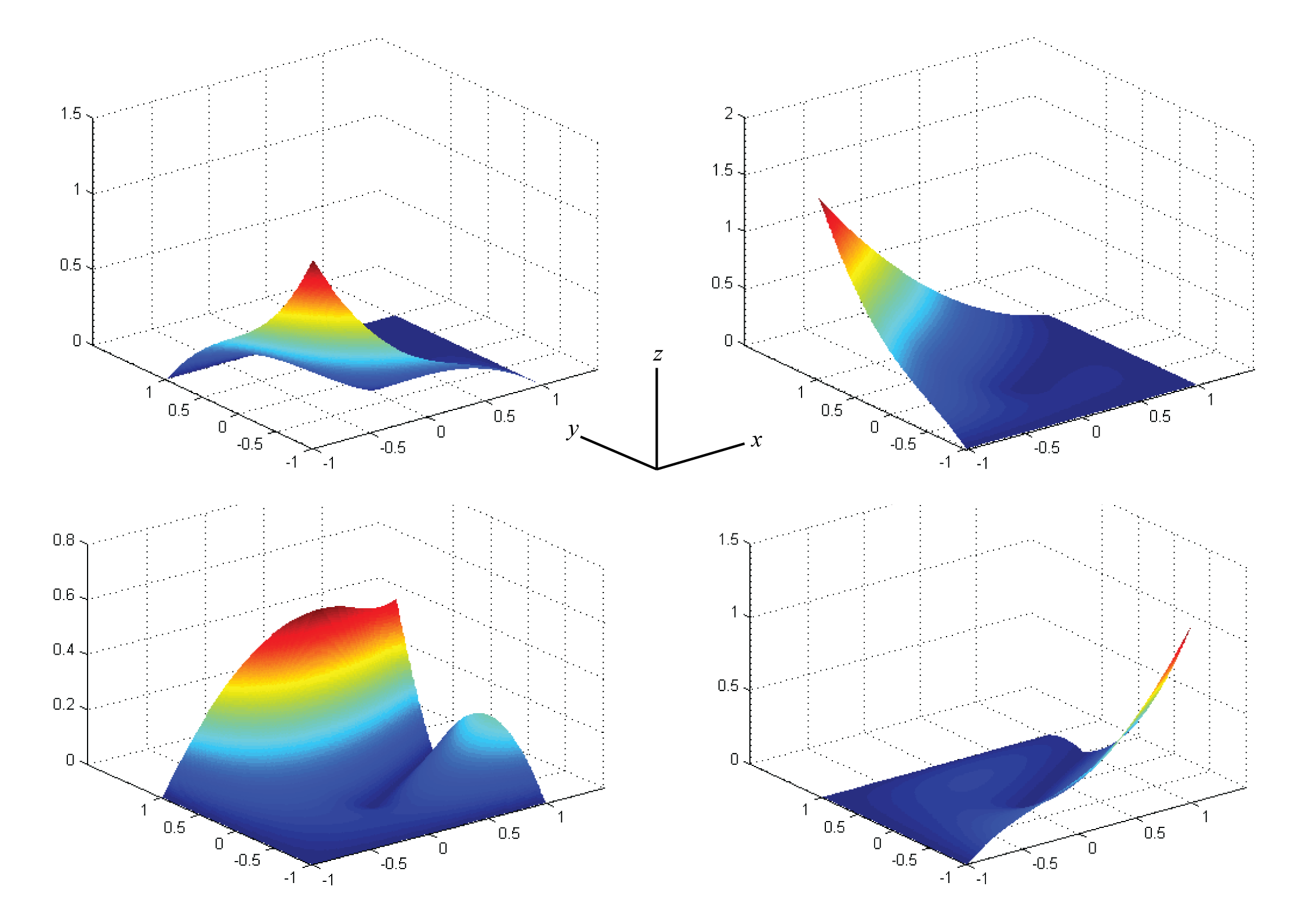 Enriched Nodal Basis Functions
Enriched Nodal Basis Functions
Fiber Response
Rigid Fibers:
Flexible Fibers:
Fiber De-Bonding and Cohesive Embedded Laws
Fiber De-Bonding:


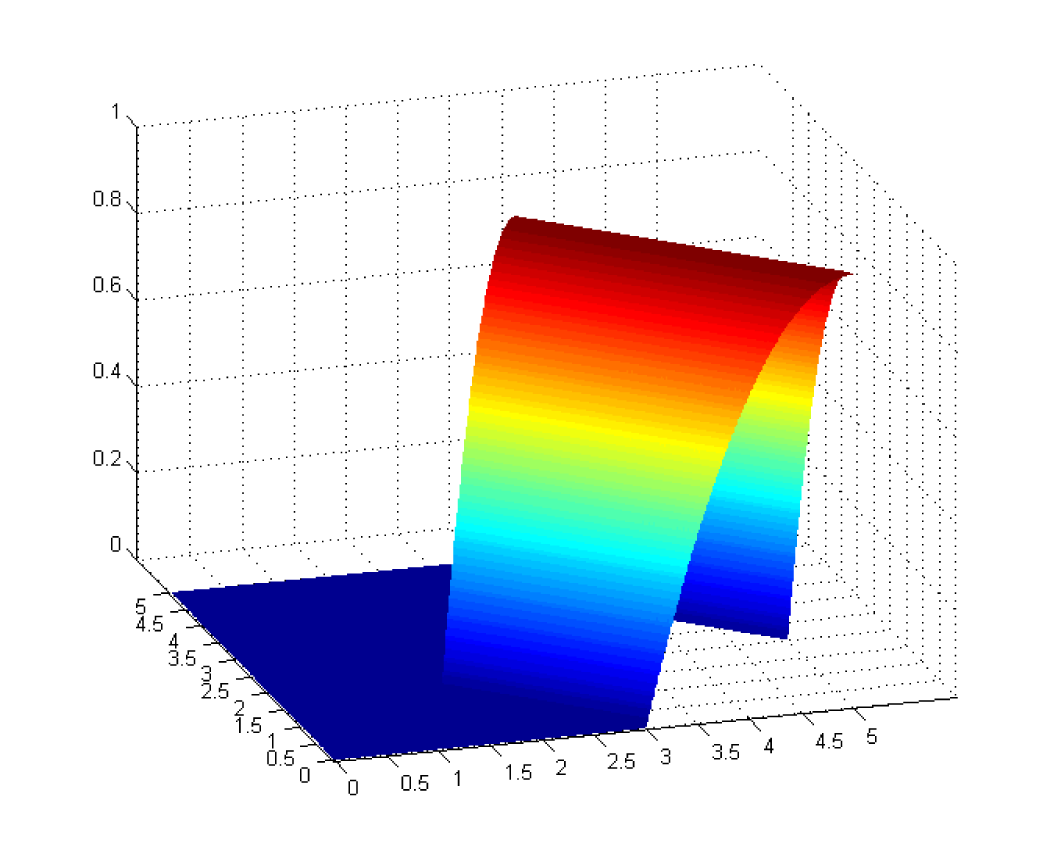 De-Bonding Enrichment Function
De-Bonding Enrichment Function
Cohesive Embedded Law:
 Cohesive Traction relationship and Fiber De-Bonding Motion
Cohesive Traction relationship and Fiber De-Bonding Motion


